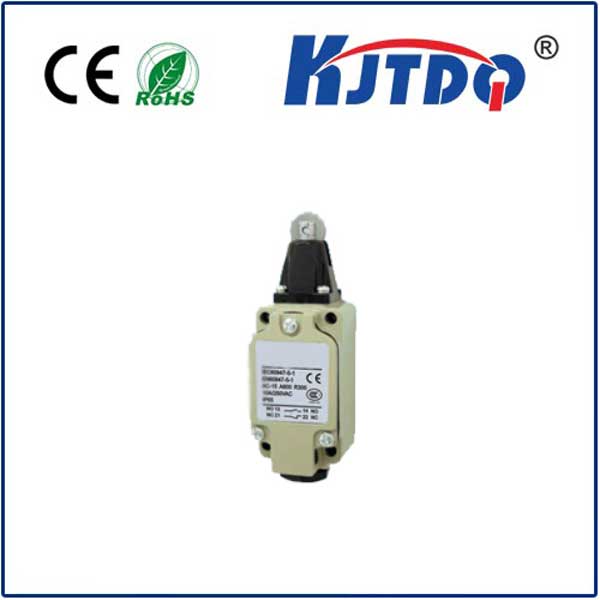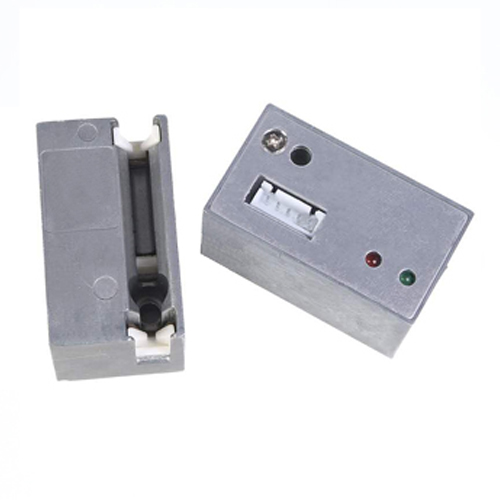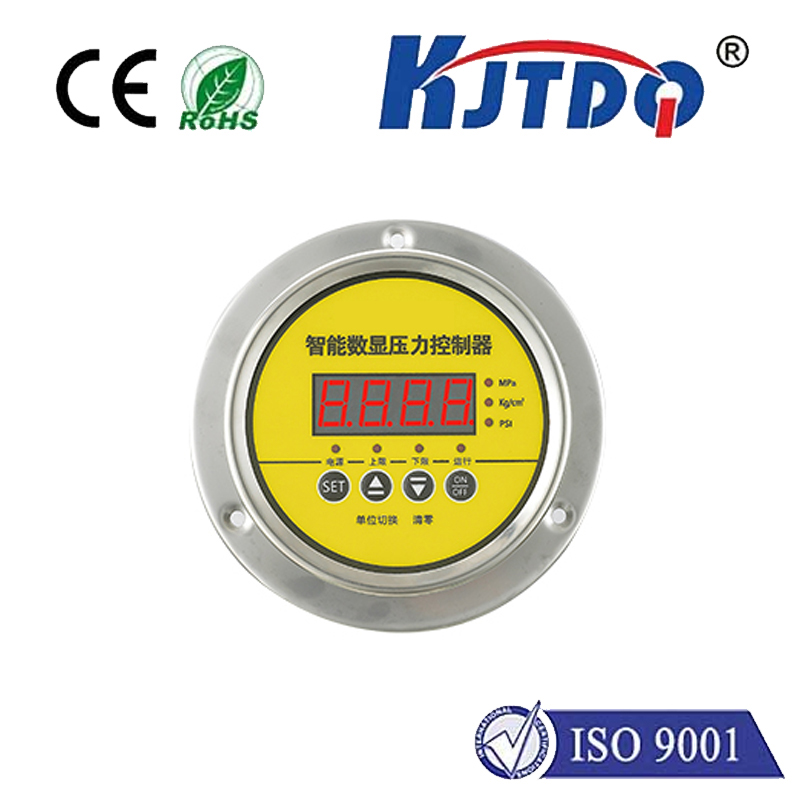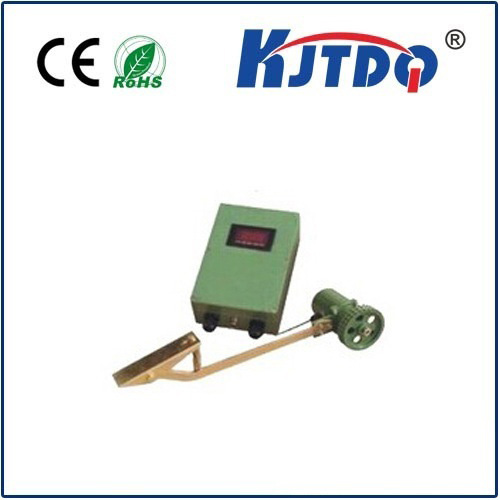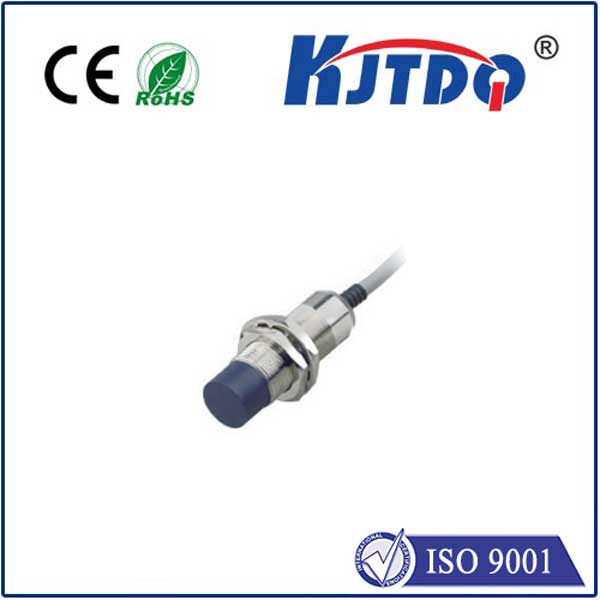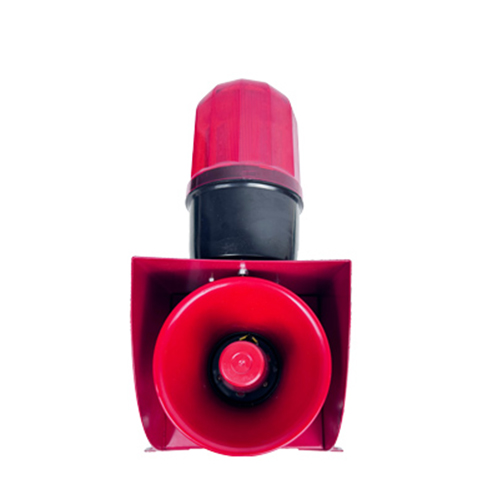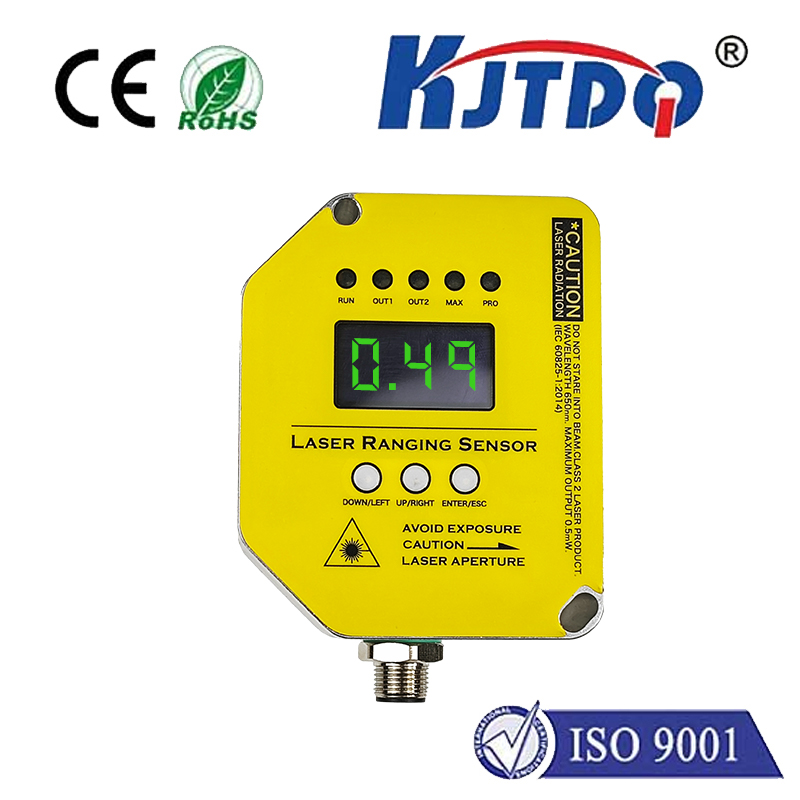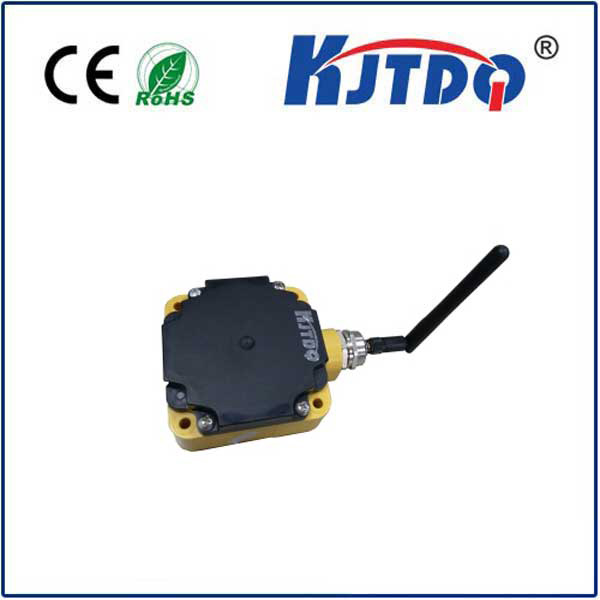photo electric light switch
- time:2025-07-24 01:11:31
- Click:0
Photoelectric Light Switch: The Smart Way to Illuminate Your Space While Saving Energy
Ever fumbled for the light switch in a dark garage, arms full of groceries? Or forgotten to turn off the porch light, wasting electricity all day? These common frustrations have a remarkably simple and efficient solution: the photoelectric light switch. Far more than just a convenience, this ingenious device intelligently automates your lighting based on natural light levels, offering significant benefits for both your wallet and your daily routine.
Understanding the Core Technology
At its heart, a photoelectric light switch (often called a photocell switch, daylight harvesting switch, or dusk-to-dawn sensor) operates on a fundamental principle: detecting ambient light. It contains a specialized component, typically a photoresistor (LDR - Light Dependent Resistor) or a photodiode. This component’s key property is that its electrical resistance changes dramatically in response to the amount of light falling upon it.
- In Darkness/Low Light: The sensor’s resistance is high. The switch interprets this as a signal that artificial light is needed.
- In Bright Light/Daylight: The sensor’s resistance drops to very low. The switch recognizes sufficient ambient light and prevents the connected lights from turning on (or turns them off if they were on).
How It Functions: Automatic Illumination Control
The operation is beautifully straightforward yet highly effective:

- Sensing Ambient Light: The photocell continuously monitors the light level in its immediate environment.
- Threshold Detection: The switch is designed with a pre-set light level threshold. When the ambient light dips below this threshold (dusk, heavy clouds, entering a dark room), the sensor triggers the switch.
- Activating the Light: The triggered switch closes the electrical circuit, sending power to the connected light fixture(s), turning them on automatically.
- Deactivation at Dawn: Conversely, when the ambient light rises above the threshold again (dawn, sufficient daylight entering the space), the sensor signals the switch to open the circuit, cutting power and turning the lights off automatically.
Key Advantages: More Than Just Automation
Why choose a photoelectric switch over a standard manual switch? The benefits are compelling:
- Significant Energy Savings: This is arguably the most impactful benefit. Lights only operate when genuinely needed – during darkness. Eliminating the common problem of lights being left on unnecessarily during daylight hours drastically reduces energy consumption and lowers electricity bills. This makes photoelectric light switches a cornerstone of energy-efficient lighting strategies.
- Enhanced Convenience & Safety: Imagine never having to manually switch on your porch light at night or fumble for a switch in a dark shed, basement, or garage. The system provides hands-free, automatic lighting exactly when and where it’s needed. This also enhances safety by illuminating pathways, entrances, and potentially hazardous areas reliably after dark, deterring trips and falls.
- Extended Bulb Life: By reducing the total operating hours of light bulbs (especially incandescent and halogen types, though beneficial for all), automatic on/off cycles naturally extend their lifespan, saving on replacement costs.
- Security Enhancement: Exterior lights controlled by a dusk-to-dawn sensor are powerful security tools. They automatically illuminate potential entry points (driveways, yards, porches) throughout the night, discouraging unwanted activity without requiring manual operation or complex timers.
- Perfect for Specific Applications: These switches excel in areas where manual control is impractical or forgetfulness is common:
- Outdoor Lighting: Porches, garages, sheds, pathways, security lights, garden lights, sign illumination. (Ideal for automatic dusk-to-dawn operation).
- Indoor Utility Spaces: Closets, pantries, attics, basements, laundry rooms (especially those with little natural light where entering might require illumination).
- Commercial & Public Spaces: Parking lots, building perimeters, stairwell landings, warehouses (areas needing light only during low ambient conditions or specific access times).
Evolution: Adding Motion Sensing
While the core photoelectric switch responds solely to light levels, many modern units integrate motion detection technology (Passive Infrared - PIR sensors). This creates an even smarter device:
- Light Sensing Remains Primary: The device first checks if it’s dark enough to potentially need light.
- Motion as the Secondary Trigger: Only if it is dark, and motion is detected within its range, will the light turn on. After a set period of no motion, the light turns off again, provided it’s still dark.
- Maximizing Efficiency: This hybrid approach (photoelectric sensor + motion sensor) is the epitome of efficiency. Lights activate only when it’s dark and someone is present, ensuring energy isn’t wasted illuminating empty spaces unnecessarily. Think of a hallway light that only comes on when you walk through it at night.
Installation Considerations
Replacing a standard switch with a photoelectric light switch is often straightforward for those comfortable with basic electrical work, similar to installing a dimmer or timer switch. Crucially, always turn off the circuit breaker at the mains before starting any electrical work. Key steps involve:
- Removing the old switch plate and switch.
- Connecting the wires to the new photoelectric switch according to the manufacturer’s instructions (typically line, load, and neutral if required).
- Mounting the new switch and plate.
- Positioning the sensor correctly to ensure it has a clear view of the ambient light it needs to measure (avoiding direct light from the fixture it controls or obstructions).
Choosing the Right Photoelectric Switch
Consider these factors:
- Load Capacity: Ensure the switch can handle the combined wattage of the lights it will control.
- Weather Resistance (Outdoor Use): For exterior applications, select a switch rated for outdoor use (look for IP ratings like IP44 or higher).
- Motion Sensing Integration: Decide if pure light control suffices or if motion activation is desirable for the specific location (garages, hallways).
- Adjustability: Some models allow you to fine-tune the light sensitivity threshold or the duration the light stays on (in motion-sensing models).
The Smart Choice for Modern Lighting
The photoelectric light switch represents a brilliant fusion of simple physics and practical application. By harnessing the power of light sensing, it delivers unparalleled convenience, enhanced security, and tangible energy savings. Whether opting for the pure elegance of dusk-to-dawn control or the advanced efficiency of a combined photoelectric and motion sensor model, integrating these switches into your home or business lighting is a smart, sustainable step towards a more automated and cost-effective environment. It truly is lighting that thinks for itself.






